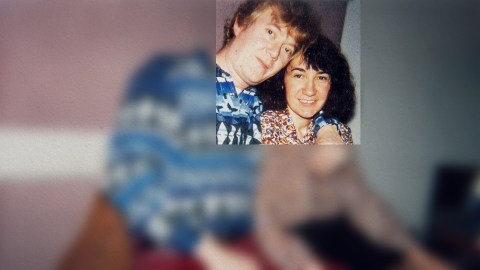Children can only form vague memories — until their brain undergoes this shift

- Early childhood memories are “gist-like,” while the ability to form precise memories for life events emerges between five and eight years of age.
- New research shows that the transition from general to specific memories involves the maturation of inhibitory neurons in a brain structure called the hippocampus.
- The findings could improve our understanding of neurodevelopmental disorders.
When asked about our earliest memories, most of us have vague recollections from early childhood but can only recall specific events from about five to eight years of age. Early childhood memories are imprecise, or “gist-like,” because the brain mechanisms needed to form more specific memories of life events are absent, or not yet fully matured, at birth.
The ability to form precise memories for life events (or episodic memories) involves a brain structure called the hippocampus. But exactly how this ability emerges remains unclear. Researchers in Canada have now identified a shift in the cellular mechanisms underlying memory formation, which occurs as the hippocampus matures, allowing for precision memory encoding. Their findings were published in the journal Science.
The hippocampus and memory formation
Memories are thought to be encoded within ensembles of neurons, sometimes referred to as engrams, which in adults are distributed sparsely throughout the hippocampus. Adam Ramsaran of the University of Toronto and his colleagues hypothesized that there may be a relationship between the size of an engram and the precision of the memory it encodes.
To investigate, the researchers first trained juvenile and adult mice on a contextual fear task. They placed the animals into a test chamber and administered mild electric shocks to their feet at a specific location.
The researchers then put the animals into a somewhat similar chamber and found that the juveniles, but not the adults, exhibited a fear response when they entered the equivalent area of the second chamber. This suggested that the adults had formed specific memories of the context in which they had received the shocks while the juveniles had only formed general memories.
When they examined the animals’ brains, Ramsaran and his colleagues did indeed find a difference in the size of engrams between the juveniles and adults. The researchers measured the expression of c-Fos, an “immediate early” gene activated in cells forming new engrams, and found that it was active in around 40% of hippocampal neurons in the juveniles, compared to just 20% in the adults.
The researchers then used sophisticated chemical-genetic methods to inhibit or activate subsets of hippocampal cells, so that they could artificially “shrink” the engrams in juvenile mice and “expand” those of adults before training the animals on the same task. Juvenile mice with shrunken engrams formed precise fear memories, whereas adults with expanded engrams formed imprecise memories, like those of untreated juveniles. This confirmed that engram size is strongly linked to engram precision.
From general to precise memories
Another set of experiments further revealed that the shift from general to precise memory formation depends on the maturation of inhibitory neurons in the hippocampus, which in turn depends upon the maturation of the perineuronal net — a type of connective tissue that forms in the spaces between neurons.
Thus, juvenile mice form general memories because widely distributed engrams form in the absence of inhibitory neurons. As brain development proceeds, inhibitory neurons mature, and the perineuronal net stabilizes their connections with other hippocampal neurons. Consequently, the inhibitory neurons limit the size of new engrams, so that memories become more precise.
The researchers also created genetically engineered viruses containing the gene encoding a cross-linking molecule found in the perineuronal net. Injecting this into juvenile mice accelerated the maturation of the perineuronal net so that they formed precise memories. Conversely, destabilizing the tissue in adults prevented the formation of precise memories.
Maturation of the perineuronal net is already known to be crucial for the proper development of the brain’s sensory pathways. In humans, the perineuronal net is thought to reach maturity at around eight years of age, and disruption of this process is implicated in conditions such as epilepsy and schizophrenia. Thus, further research could help improve our understanding of a whole range of neurodevelopmental disorders.





